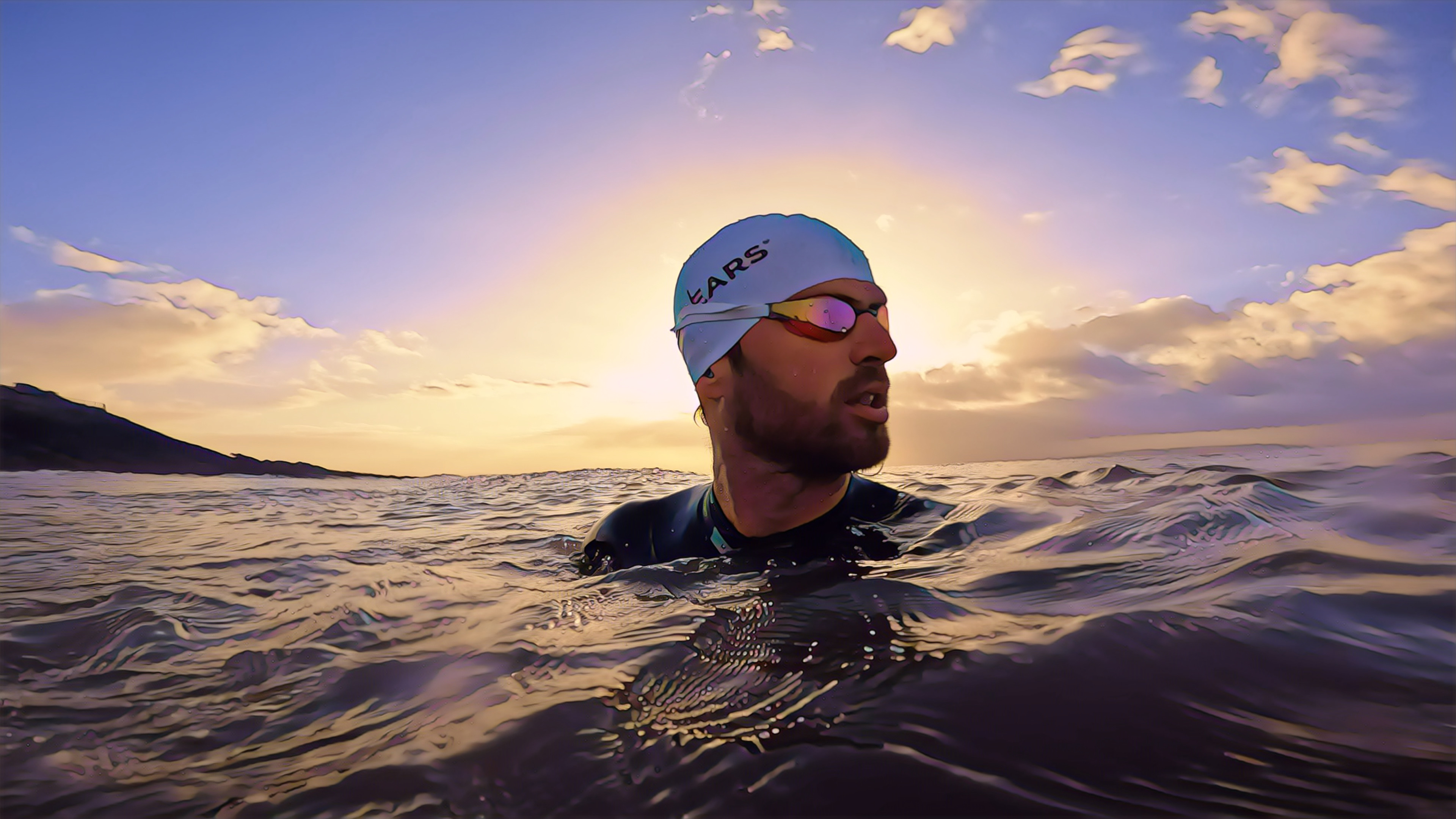Perception vs Reality: Bridging the Gap to Achieve Hard Goals
- Christopher Hill

- May 12
- 2 min read
Introduction
Embarking on a formidable challenge, such as completing an Ironman triathlon, often begins with a personal perception of difficulty. However, this perception may not align with the actual demands of the endeavor. Understanding the disparity between perceived and actual difficulty is crucial for effective preparation and successful goal attainment.
The Hard–Easy Effect: Misjudging Difficulty
The hard–easy effect is a cognitive bias where individuals overestimate their chances of success on difficult tasks and underestimate them on easier ones (Merkle, 2009). This misjudgment can lead to inadequate preparation for challenging goals, as individuals may not fully grasp the effort required. In the context of an Ironman triathlon, underestimating the physical and mental demands can result in suboptimal training and performance.
The Role of Mental Preparation in Endurance Events
Mental resilience is as vital as physical training in endurance sports. Studies have shown that mental toughness correlates positively with performance in triathletes (Crust & Clough, 2005). Techniques such as visualisation, goal setting, and positive self-talk are commonly employed by successful athletes to enhance focus and confidence (Weinberg & Gould, 2014). For instance, Mark Allen, a six-time Ironman World Champion, attributed his success to mental strategies that helped him overcome physical challenges during races.
Actionable Steps for Achieving Challenging Goals
Set Specific and Realistic Goals: Define clear, measurable objectives that align with your capabilities and resources.
Develop a Structured Plan: Create a detailed training schedule that progressively builds endurance and strength, allowing for adequate rest and recovery.
Incorporate Mental Training: Practice visualisation techniques to mentally rehearse the event, enhancing preparedness and reducing anxiety.
Monitor Progress and Adjust Accordingly: Regularly assess your performance and make necessary adjustments to your training plan to address weaknesses and prevent overtraining.
Seek Support and Feedback: Engage with coaches, mentors, or training groups to gain insights, motivation, and accountability.
Conclusion
Bridging the gap between perception and reality is essential when pursuing demanding goals. By acknowledging cognitive biases and implementing comprehensive physical and mental preparation strategies, individuals can enhance their chances of success. Embracing a realistic understanding of the challenges ahead empowers goal-setters to approach their objectives with confidence and resilience.
References
Crust, L., & Clough, P. J. (2005). Relationship between mental toughness and physical endurance. Perceptual and Motor Skills, 100(1), 192–194.
Merkle, E. C. (2009). The disutility of the hard-easy effect in choice confidence. Psychonomic Bulletin & Review, 16(5), 960–965.
Weinberg, R. S., & Gould, D. (2014). Foundations of Sport and Exercise Psychology (6th ed.). Human Kinetics.




Comments